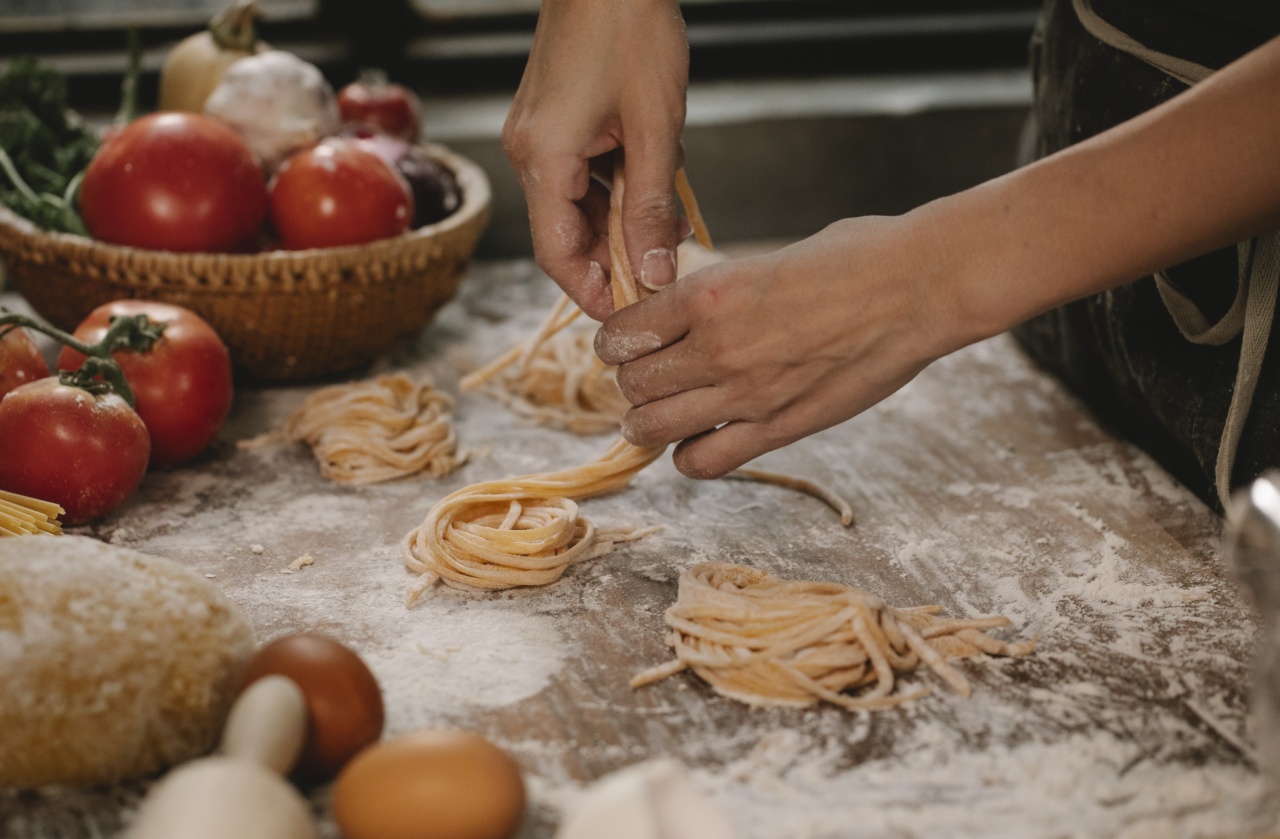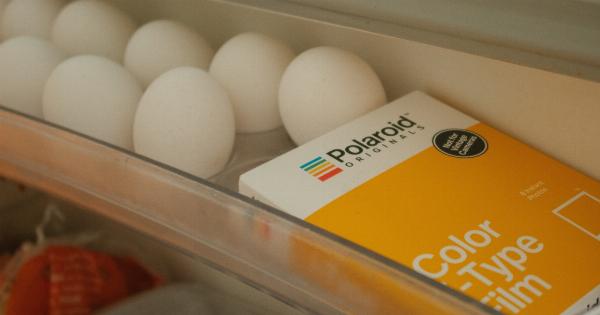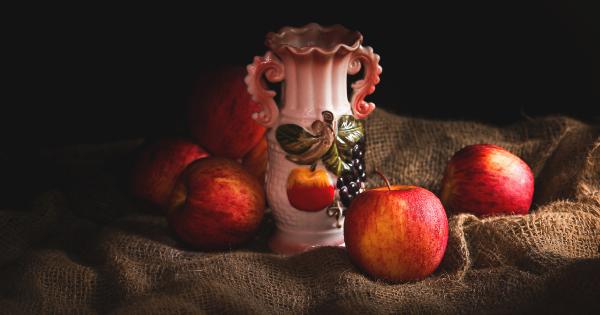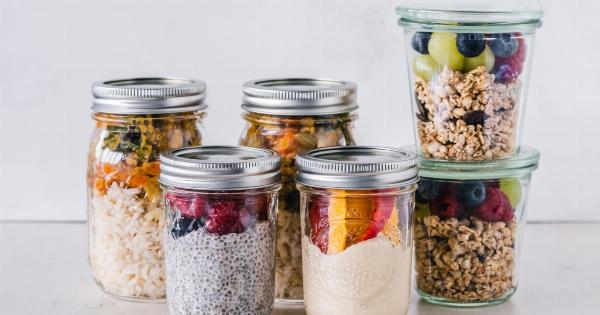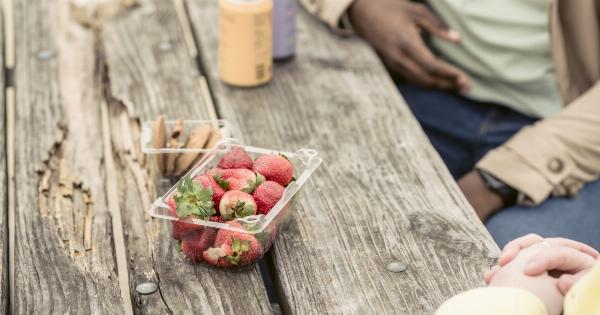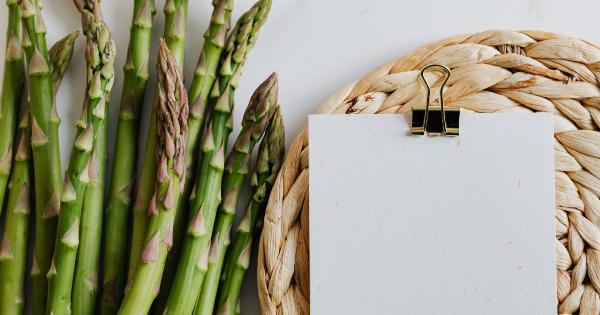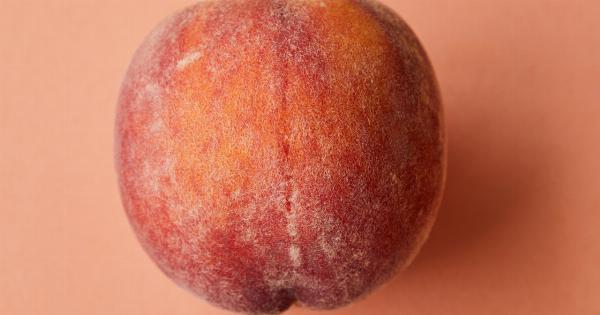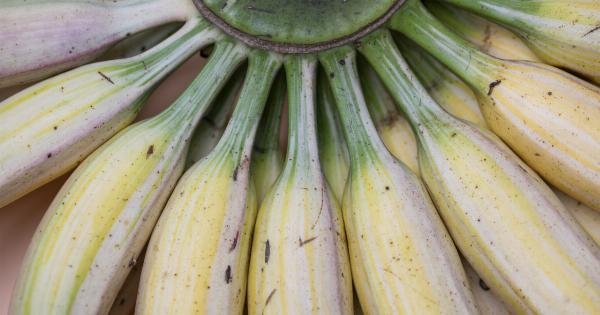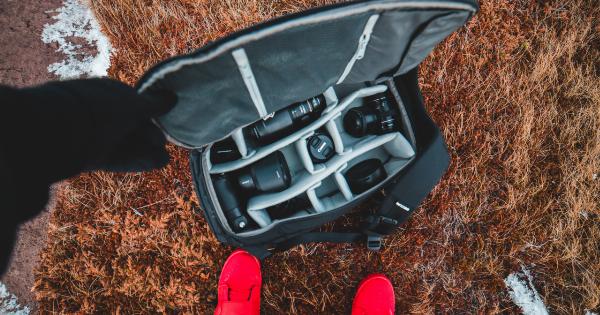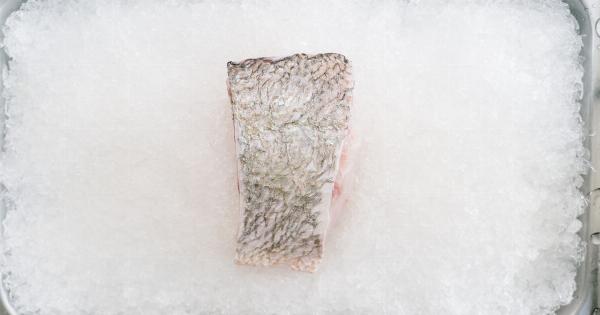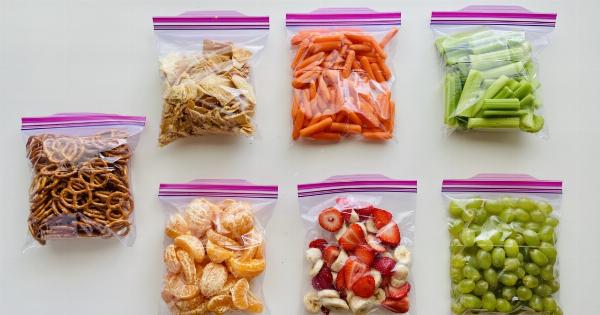Keeping your food fresh for as long as possible is not only important for maintaining its flavor and texture but also for reducing food waste.
With the right tips and tricks, you can extend the shelf life of your groceries and minimize the amount of food you throw away. In this article, we will explore various ways to make your food stay fresh longer.
1. Proper Storage
One of the most effective ways to make your food stay fresh is to store it properly. Here are some guidelines to follow:.
– Fruits and vegetables: Store them in the refrigerator in perforated or breathable bags to maintain their crispness.
– Dairy products: Keep them in the coldest part of the fridge, usually on the lower shelves.
– Meats and seafood: Store them on the bottom shelf of the refrigerator to prevent dripping onto other foods.
– Dry goods: Ensure they are stored in airtight containers to keep out moisture and pests.
– Leftovers: Transfer them to shallow, airtight containers and refrigerate within two hours of cooking.
2. Utilize the Freezer
The freezer can be your best friend when it comes to extending the lifespan of various food items. Here’s how you can make the most of it:.
– Freeze fruits and vegetables: If you have excess produce, consider freezing them for future use in smoothies or recipes.
– Pre-portion meats: Divide larger packages of meat into individual servings and store them in airtight containers or freezer bags.
– Store baked goods: Many baked goods can be stored in the freezer to maintain their freshness. Just make sure to wrap them tightly before freezing.
– Make freezer meals: Prepare meals in advance and freeze them in portion-sized containers for quick and convenient dinners.
3. Vacuum Sealing
Vacuum sealing is an excellent technique to extend the shelf life of various foods. By removing air from the packaging, you can slow down the growth of bacteria and fungi. Here are some examples:.
– Meat and fish: Vacuum sealing can prevent freezer burn and dehydration, preserving the quality of these protein sources.
– Cheese: By vacuum sealing cheese, you can prevent the growth of mold and maintain its freshness for a longer period.
– Dry goods: Keep pantry staples like flour, rice, and cereal fresh by vacuum sealing them and protecting them from moisture and pests.
4. Use Food Preservation Techniques
In addition to proper storage, there are several food preservation techniques you can employ to make your food last longer:.
– Canning: Preserve fruits, vegetables, and even homemade sauces by canning them in jars with airtight lids.
– Pickling: Extend the shelf life of vegetables like cucumbers, carrots, and onions by pickling them in vinegar solutions.
– Fermentation: Fermenting foods like sauerkraut, kimchi, or yogurt not only increases their longevity but also enhances their flavors.
– Dehydration: Dry fruits, herbs, and even meat to remove moisture and inhibit the growth of bacteria.
5. Reduce Exposure to Air
Air exposure can accelerate the spoilage of food. Minimize exposure by:.
– Keeping leftovers airtight: Store leftovers in airtight containers or cover them tightly with plastic wrap.
– Using plastic wrap: Wrap the cut surfaces of fruits and vegetables tightly with plastic wrap to slow down the oxidation process.
– Using airtight containers: Store pantry staples in airtight containers to prevent air from entering and spoiling the contents.
– Squeezing out the air: When using zipper-lock bags, squeeze out excess air before sealing them.
6. Rotate Your Stock
When restocking your pantry or refrigerator, practice the “first in, first out” rule. This ensures that older items are used before newer ones, reducing the chances of food going bad before it can be consumed.
7. Keep the Temperature Consistent
The temperature at which food is stored plays a vital role in its freshness. Here’s what you should do:.
– Refrigerator: Keep the temperature at or below 40°F (4°C) to slow down the growth of bacteria. Use a fridge thermometer to ensure accuracy.
– Freezer: Maintain a temperature of 0°F (-18°C) or lower to preserve the quality and texture of frozen foods.
– Room temperature storage: Some fruits, like bananas and tomatoes, should be kept at room temperature for optimal flavor and texture.
8. Store Ethylene-Sensitive Produce Separately
Some fruits and vegetables release a natural gas called ethylene as they ripen. This gas can accelerate the ripening and spoilage of ethylene-sensitive produce nearby.
To prevent this, store ethylene-producing fruits, such as apples and bananas, separately from vegetables like broccoli and leafy greens.
9. Clean Your Fridge Regularly
A clean refrigerator not only promotes good hygiene but also helps maintain the freshness of your food. Regularly clean and disinfect your fridge, paying extra attention to spills and spoiled items.
A clean environment limits the growth of bacteria and molds.
10. Purchase Fresh, High-Quality Food
Lastly, buying fresh, high-quality food is crucial for prolonging its shelf life. Here’s what you should look for:.
– Fruits and vegetables: Select produce that is firm, free from bruises, and has vibrant colors.
– Meat and seafood: Choose cuts that are bright and have no unusual odors or sliminess.
– Dairy products: Check expiration dates and opt for products with the longest shelf life.
– Packaged goods: Inspect packaging for signs of damage or leakage, which may indicate compromised freshness.
